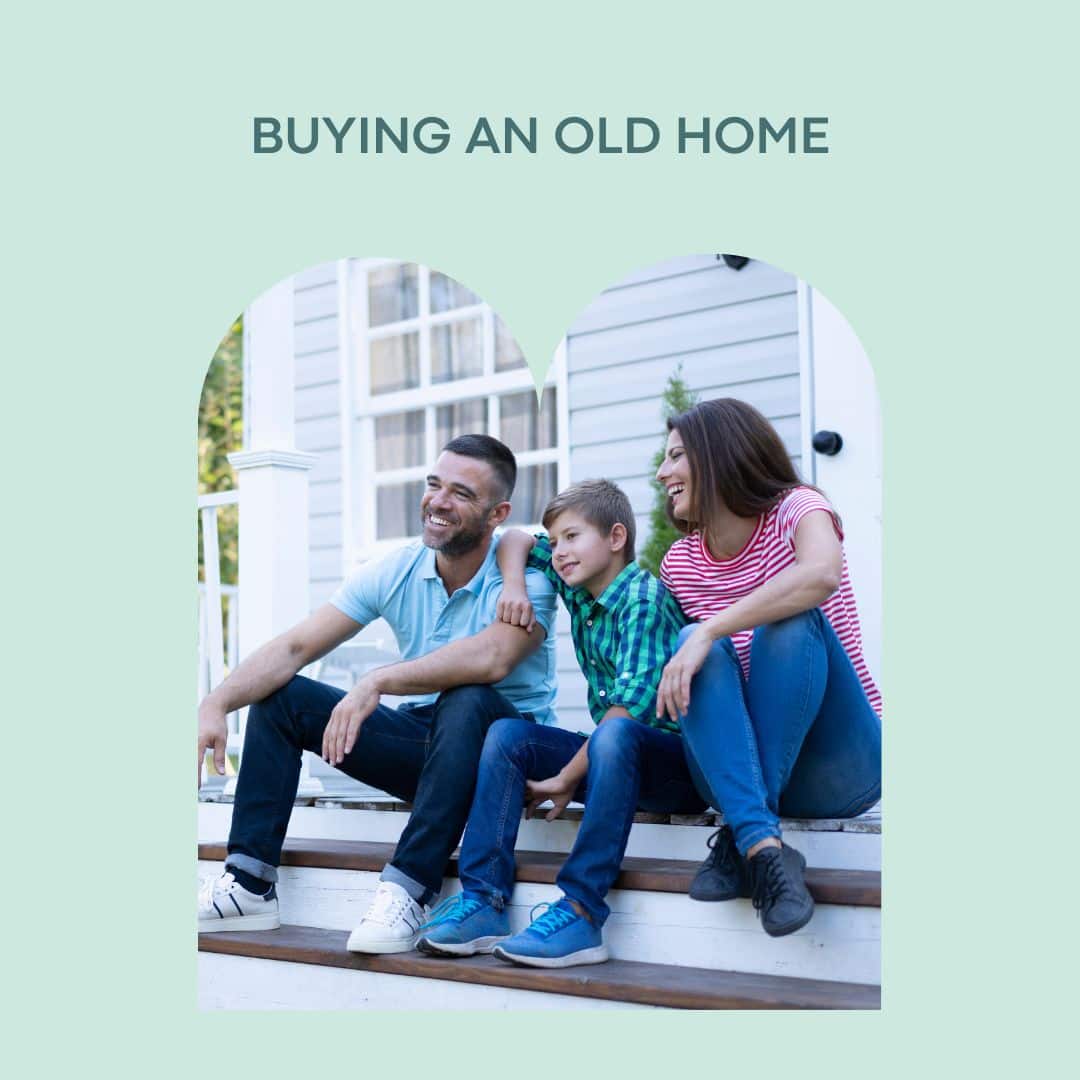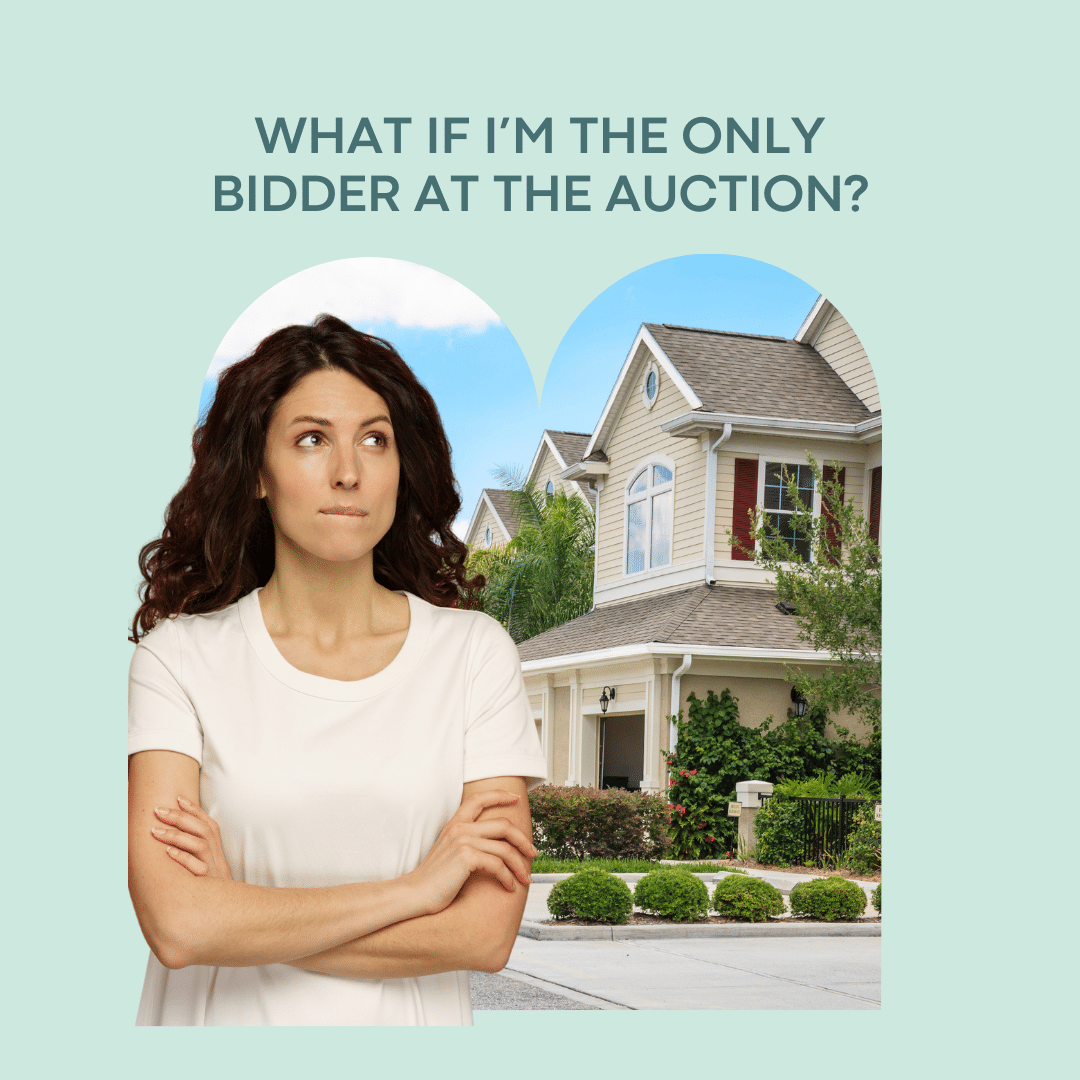by Carly Susic, Melbourne Buyers Advocate
Melbourne is full of gorgeous homes built 70-100+ years ago, and many have the loveliest period features that new homes just don’t offer. So it can be very appealing to consider buying one to enjoy with your family. They may be a wise investment, but with such a big financial decision it’s important to be aware of the pros and cons of buying an old home.
Buying an old home: the positives
Old homes often have high ceilings, creating a sense of space and roominess. They may have beautiful heritage features like ornate fireplaces, ceiling roses, cornices, hallway arches, leadlight windows and many more. Modern homes just don’t have these features, which makes buying an old home so appealing. Old homes are solid and have been standing 70+ years so they’ve stood the test of time. Old brick homes are low maintenance and always look fantastic. Weatherboard homes require a bit more upkeep, yet they are so cosy and charming. Old homes just can’t be replicated nowadays which means that you can expect strong buyer demand in the future for a unique property.
A renovated old home has major buyer appeal
A well renovated older home will keep the original facades and rooms toward the front of the house, and go ‘out and up’ with open plan kitchen and living areas on the lower level and more family bedrooms, bathroom and living space upstairs. These kinds of older homes are very appealing to buyers, especially if there’s no fixing up for them to do. We call them ‘turnkey’ properties as buyers just have to turn the key in the door and move in with no extra hassle of redecorating or renovating. As such, there is likely to be strong demand for these kinds of homes well into the future.
Older homes tend to be in popular locations
Melbourne’s older homes tend to be located around the inner city where the population was concentrated decades ago. Think of the Californian bungalows in Camberwell, weatherboard cottages in Yarraville, Victorian terraces in South Melbourne or many other period homes across all of the inner suburbs. These properties tend to be close to tram and train lines, as well as shops and amenities, all of which make them broadly appealing to many buyers, and a good long-term investment.
Be wary of renovation costs when buying an old home
Before covid, fixer-upper old homes sold quickly, with home buyers, developers/builders and investors competing for the keys at auction. But in this post-pandemic era, old homes that need renovating are less appealing for buyers. Due to strong demand for trade, and rising labour costs, as well as cost of raw materials, a renovation that would’ve cost $5-800,000 before covid is likely to cost 30-50% more (generally speaking).
Factor in the difficulty of estimating costs and managing a project when there is limited supply of trades and materials, and conducting a quick renovation is not as simple, cost effective or straightforward as it once was. So if you plan to renovate, get actual quotes — don’t estimate what things will cost. Allow extra time for securing tradies and be prepared to wait for experts which will impact the total length of the project. Be prepared for rejection—some builders don’t want to focus on renovations and will refuse your project. And factor in the cost of renting too. The rental market is challenging in Melbourne, which makes it difficult and costly for you to find a rental, especially if you want a shorter lease, such as a six-month lease while your home is renovated.
Renovate in stages
One potential option if you are buying an older home that needs renovating is to stage the project. You can live in the home for a year to get the feel of it and see how the seasons change, where the winter and summer light hit in the rooms, and how the home copes in all kinds of weather. This will give you a good idea of what changes you need to make. Then you could consider renovating in stages, perhaps going out into the backyard in stage one, and then adding a second floor to the back in stage two. Many owners of old homes add to the master by turning an adjacent bedroom into a walk-in robe and ensuite, and adding more bedrooms in a renovation towards the rear of the property.
Consider heritage listings
Heritage listings protect the architectural history of our beautiful city and help ensure these wonderful properties stay with us for years to come. Heritage listings are appealing to some buyers because if you purchase on a street filled with heritage properties you are assured that a block of apartments or corporate buildings won’t appear down the track—the current streetscape is protected by law. So a heritage listing can protect the investment and create appeal for future buyers.
However, it can be difficult if you’re the owner of a heritage listed property. You are restricted in what you can do with the home, especially the front facade. Councils can and do fine homeowners who fail to adhere to heritage standards. So before you buy an old property, find out if it is heritage listed. You can search on the Victorian Heritage Database to find a property you are considering purchasing.
Any renovations for heritage listed homes will require approval from your local council, and some are known to be very strict about what is permissible. Dealing with your local council will likely include a lot of chasing and waiting until you get feedback, which can cause delays to any planned renovations.
Having said that, a heritage home with a stylish refurbishment is absolutely stunning and sure to have broad buyer appeal.
Old homes don’t have the mod cons
Living in an older home requires some compromise from the way many Melbourne families like to enjoy their space. For example, you might have a long driveway leading to a one-car garage in the back. This would be more practical if it were located at the front of the property. Or the floor plan might not give you the open-plan living that is so popular. Insulation wasn’t as advanced decades ago so you may find heating and cooling costs are more considerable.
Your windows won’t be double glazed, your roof might need repair or you might need rewiring or restumping. You might find hidden structural problems like rising damp or excessive cracking. There’s not likely to be air conditioning or ducted heating, unless previous owners have added it. Many older homes don’t have the plumbing in the locations modern buyers want. So you may be faced with considerable costs in adding an ensuite, second bathroom or relocating your kitchen. Years ago, homes were built very differently. So if you prefer the modern look and style, buying an older home may not be the right choice for you.
To recap: pros and cons of buying an old home:
Pros
- absolutely stunning homes with high buyer appeal
- well renovated homes command a premium price
- heritage listing can protect your streetscape from urban development
- likely to be in inner-city locations that have high buyer appeal and lifestyle benefits
- unique properties, not mass-produced as modern homes can be
- well-established gardens and streetscapes
Cons
- lack of mod cons that newly built homes offer
- extensive renovation costs
- renovation can be time consuming and stressful
- heritage listing can restrict your renovation plans
- dealing with council to get approvals can be time consuming
- Original floorplans not suitable for modern family living
You may also like:
Buying your final home: tips for buying later in life
Buying your first home in Melbourne
Why buying the right property is so important
Contact us for assistance
As buyers’ advocates we can help you when buying your forever home. Let us help you make the best possible investment for your lifestyle, health and financial situation. Contact us for a no-obligation consultation.






